VIS Issue 5, ‘One more time, let's do it again!’, questions what artistic practices engaging with repetitions and reiterations may lead to in artistic research. The seven expositions in this issue offer multiple and rich perspectives on how ‘doing it again’ can contribute to artistic practice, expression and meaning-production.
VIS #5 - THEME: ONE MORE TIME, LET'S DO IT AGAIN!
The OECD Frascati Manual defines five criteria that all research and development work must meet. The fifth of these is that the activity must be 'transferable and/or reproducible' [1]. Reproducibility has revealed itself to be thornier than previously perceived, and the last decade has seen something of a 'reproducibility crisis' in several scientific disciplines [2]. This crisis also extends to the humanities [3].
There are reasons to question whether it is legitimate to deploy such scientifically-oriented research concepts in artistic research [4]. Taking the interpretation of classical music repertoire as an example, is it at all meaningful to consider this highly individualised activity in relation to scientific ideas of replication? Do not musical interpretations instead negotiate an artistic field of tensions and possibilities between remaining 'true to tradition' and 'breaking new ground', between respecting the intentions of past artists and craving space for interpretative freedom, always resulting in something new?
Rather than engaging with the question of reproducibility, VIS Issue #5 reflects on what 'doing it again' may lead to in artistic research. Doing something again is integral to many artistic practices. The performing arts require rehearsal (répétition in French). Once adequately rehearsed, performances are commonly given several times over [5]. Other artists engage with a series of works, or revisit a motif, topic or question over and over again. Works of art may benefit from 'a second chance', not least in artistic research. Repetitions might be the result of deliberate choices or emerge as recurrences within the practice [6]. Artists may 'do it again' within their own practice or engage with the work of others through reading, restaging, referencing, reproducing, appropriating, reusing, sampling, or re-enacting [7]. Brian Eno and Peter Schmidt suggest that 'repetition is a form of change' [8]. What insights may emerge by doing something again and again, repeatedly, over a long period? How may artistic research draw upon and benefit from such iterations?
The seven expositions in this issue offers multiple and rich perspectives on how 'doing it again' can contribute to artistic practice, expression and meaning-production.
For more than ten years, Jacek Smolicki has engaged in a daily practice of soundwalking and sonic journaling, with a self-imposed rule of each walk resulting in a one-minute field recording. He gives the term 'minuting' to this persistent practice. Over time, the relatively short and precise recordings of a particular place and time accumulate into an extensive archive. For this exposition, twelve of the recordings are revisited and shared with us. Several iterative layers of reflections emerge from these recordings. Visually the sound file play bars merge with a montage of images and text into a path that traverses the archive, a psychoacoustic derivé through various places recorded at various times. The exposition shares initial thoughts and observations originating at the time of the recording. However, in the exposition development, the author listens again and reflects anew, situating the recordings in broader cultural, social and political contexts. Doing again is core to his practice and reflective development, and repetition is itself a topic for several reflections that relate to, e.g., everyday life and public space and the organisation of modern society in an age of globalism and late capitalism. In Smolicki's durational practise, repetition becomes transformative and teases out meanings and perspectives over time.
The conversation between Michael Duch (double bass) and Jeremy Welsh (video) reveals a long-term shared interest in the artistic potential of repetition in sound and image, influenced by experimental music, minimalism, jazz, improvisation, dub, disco, pop, rock and arts. The aptly named 'Accumulator' gradually layers or multitrack performances, collapsing and collaging spatial and temporal distance in a way that resembles what Eivind Buane previously described as a 'telescopic mode of listening' [10]. Video can be understood both as a parallel visual interpretation and a moving graphic re-representation of the score in their realisation of 'Mind is Moving' by Michael Pisaro (1996). The repetitive temporal structure of the score is complemented spatially by the symmetry of the video. Their interpretation of 'Opus 17a' by Hanne Darboven (1984) portraits Michael Duch performing the piece in a studio space. The situation recalls the everyday work reality of most musicians practising in solitude at their studio. The rendition explores ambiguities between oeuvre and etude. Duration foregrounds the labour involved in music performance, the physical strain over time and the mental concentration required. The video refuses to offer any spectacular visual stimuli external to the work but instead registers rhythms and repetitions of everyday life as cars and pedestrians pass by. The realisation of Pauline Oliveros' 'Horse Sings from Cloud' (1971) reveals a similar audio-visual sensitivity. The video is at the same time a formal visual interpretation of the conceptual score and a recalling of the commuters' mundane observation of landscapes passing by. After a year of working from home, there is a new allure to these images.
'Year of the Pig with a Tatarian Maple' continues Annette Arlander's practice of durational performances with trees. Rule-based repetition becomes a structuring principle in ways that resonate with the works by both Smolicki and Duch & Welsh. For instance, one-minute video recordings form the basis for the time-lapse video's installation version, parallel to Smolick's 'minuiting'. Repetition is present at micro and macro levels, from the fixed procedure repeated for each tree visit to how the practice continues ad develops from one large-scale durational work to the next. Having done several similar works before, Arlander is now concerned with what happens when she reaches and goes beyond 'the saturation point'. Repetition reveals change over time, but will the potential eventually be pre-empted, the possibility for change fully explored? That does not seem to be the case. Rather, as time extends to a full year, the change gradually shifts from linear to cyclic, resonating with Smolicki's discussion of Lefebvre's distinction between linear and cyclic time. The rule-based, repetitive principles of Arlander's practice eventually aligns with the cyclic time of nature. The linear production logic gives way to a being in the world and meaning-making that shifts from a search for the new to 'sideway' perspectives and existence as a continuous becoming. Activity continued over time can hold meaning in and off itself, freed from utilitarian goals. Sometimes one simply wants to 'go on singing'.
The film essays by Elisa and Anna Sofia Rossholm engage with the relationship between man and nature in classic Swedish nature films. Stills from the originals are represented as a series of pencil drawings, while the voice-over describes and comments on the original film's content. A still from the film represents only a fraction of a second, but the drawing takes time and leaves room for thought. Re-enactments excavate previously hidden layers of meanings. The original films' cultural context comes apparent, revealing how relations to landscape, nature and indigenous cultures change during modernity, documenting the domestication of nature during the 1940s, as the world entered the Anthropocene.
During the same period, industrialisation and the developing welfare society lead to extensive urban development in Sweden [11]. Carpet hangers became a standard shared facility of apartment blocks, and the act of whipping carpets serves as the point of departure for Livia Prawitz. Cleaning is repetitive but unproductive, and Simone de Beauvoir considered housework a tortuous Sisyphus task of endless repetitions that perpetuates the present and wears the housewife out. Various associations on the carpet hanger and the carpet beater lead to questions concerning nature and culture, threat and punishment, purity and hygiene, and the intersection between the private, public, and bodily spheres. A perspective emerges that relates to Smolicki and Arlander: When we deal with the remains of ourselves, it becomes clear that we are part of nature at a time that otherwise values progress and profit. From such a perspective, housework can become an act of resistance that embraces nature's cycles and the transience of life.
Eileen Gray's house 'E1027' and 'Villa Müller' by Adolf Loos serves as points of departure for two artworks by Emelie Carlén. She applies a methodology of rehearsal drawing on theatrical concepts to outline the use of historical writings and archival research towards alternative outcomes that may unfold other stories than previously established. Through visits to the houses and research of museum archives, she has come to see Eileen Gray's house as a living archive in itself that is in a constant state of renewal through restorations. During the visit to Villa Müller on a day when it was closed for guided tours, the maintenance and cleaning work makes the house appear as if in a state of rehearsing itself, being prepared to perform the role of a living house. The exposition itself takes the form of an archive of index cards. This archive is not a passive deposition site but rather something to be rehearsed, in the constant repetition of itself. Through her rehearsals Carlén offers new readings of how Eileen Gray and Adolf Loos may relate while suppressing the association with and presence of Le Corbusier at 'E1027'.
The pandemic lockdown has caused major rupture and upheaval of most parts of society. Still, it did not take many weeks before a meme showed up on Facebook, stating that 'I did not know that the apocalypse came with so much administration.' Quickly new mundane realities, rhythms and repetitions established themselves as our living rooms became the new public space. Josh Spears chronicles the composer-improviser group Bastard Assignments' initial experiments over the first few months after lockdown. Already working with music in the expanded field, engaging with internet and pop culture, film, memes and viral videos, they move online and explore how to compose and perform on Zoom at a time when the platform was still new to most of us. Gradually they get to terms with the new reality and its particular constraints, possibilities and means for mediation and collaboration. A series of jams serve as experiments and etudes, materialising as YouTube videos. Doing it again is essential to how they practice their way towards resolutions. Through fast and rough iterations and prototypes, they sense and respond to what emerges, pulling on earlier practice, testing how and if well-established compositional principles might be of use and if video may be a new form of score. This competency enables them to respond with agility to new and shifting conditions. Spears quote his colleague Edward Henderson: 'What's great about being an experimental musician and composer is that that's your starting point anyway. We're trained for it, we're ready.'
(The title for this call cites the lyrics from a song by Röyksopp and Robyn [9].)
Trond Lossius, Editor of VIS #5
Footnotes:
[1] OECD. (2015). Frascati Manual 2015. Guidelines for collecting and reporting data on research and experimental development. The measurement of scientific, technological and innovation activities. Paris: OECD Publishing, p. 45.
[2] Baker, M. (2016). 1,500 scientists lift the lid on reproducibility. Nature, 533(7604), 452--454. https://doi.org/10.1038/533452a
[3] Peels, R., & Bouter, L. (2018). The possibility and desirability of replication in the humanities. Palgrave Communications, 4(1), 95. https://doi.org/10.1057/s41599-018-0149-x
[4] Ruiten, S. van, Wilson, M., & Borgdorff, H. (Eds.). (2013). SHARE: Handbook for artistic research education (Amsterdam, ELIA), p. 25.
[5] Crispin, Darla, Hultqvist, Anders and Lagerström, Cecilia (Eds). (2016). Repetitions and Reneges, PARSE Journal, 3, 7-11 (Gothenburg, University of Gothenburg). https://parsejournal.com/article/introduction-to-repetitions-and-reneges/
[6] Bandlien, B. Å. (2019). PhD-project: Recurrences - a method and practice within dance and choreography (2016-). Retrieved 15 December 2019, from PhD-project: Recurrences -a method and practice within dance and choreography (2016-) website: https://khioda.khio.no/khio-xmlui/handle/11250/2425899
[7] Bärtås, Magnus (2020). History Now. Editorial. VIS -- Nordic Journal for Artistic Research, 3. https://www.en.visjournal.nu/theme-history-now-3/
[8] Eno, B., & Schmidt, P. (2001). Oblique Strategies. Over one hundred worthwhile dilemmas (5th ed.) [Deck of cards].
[9] Berge, S., Brundtland, T., & Robyn. (2014). Do it again. Arts & Crafts. https://www.youtube.com/watch?v=btBSxtKzF6Q
[10] Buane, Eivind (2020). «Telescopic Listening. Probing layers of time with Schubert Lounge for singers and ensemble». VIS -- Nordic Journal for Artistic Research, 3. https://www.researchcatalogue.net/view/639287/639288/0/0.
[11] Carlsson, Tina (2020). «Jag vet hur folkhemmet luktar». VIS -- Nordic Journal for Artistic Research, 3. https://www.researchcatalogue.net/view/643911/643912/0/0.
Cover Image: Michael Duch, from Accumulator 1. Surnadal Billag, April 2018
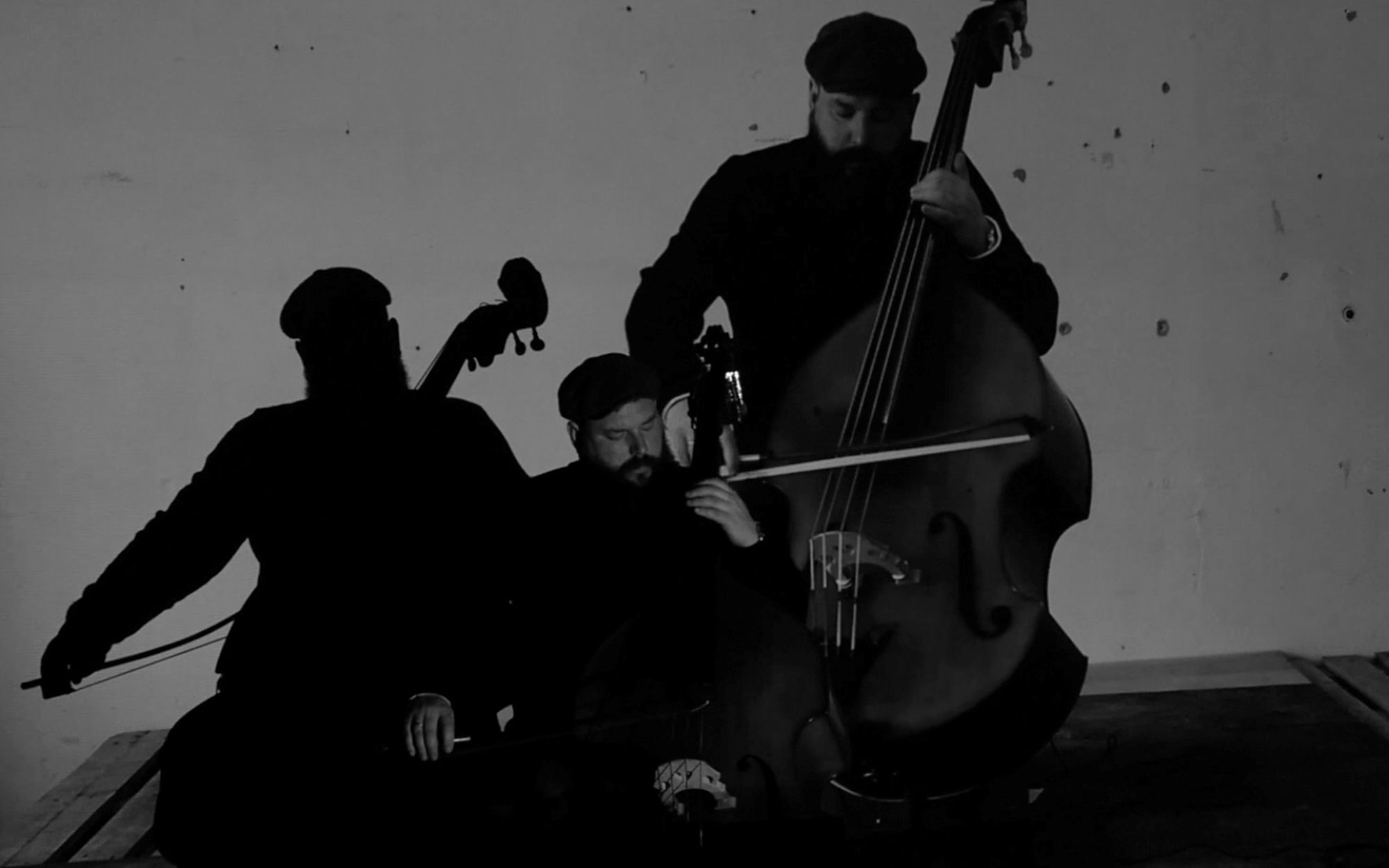


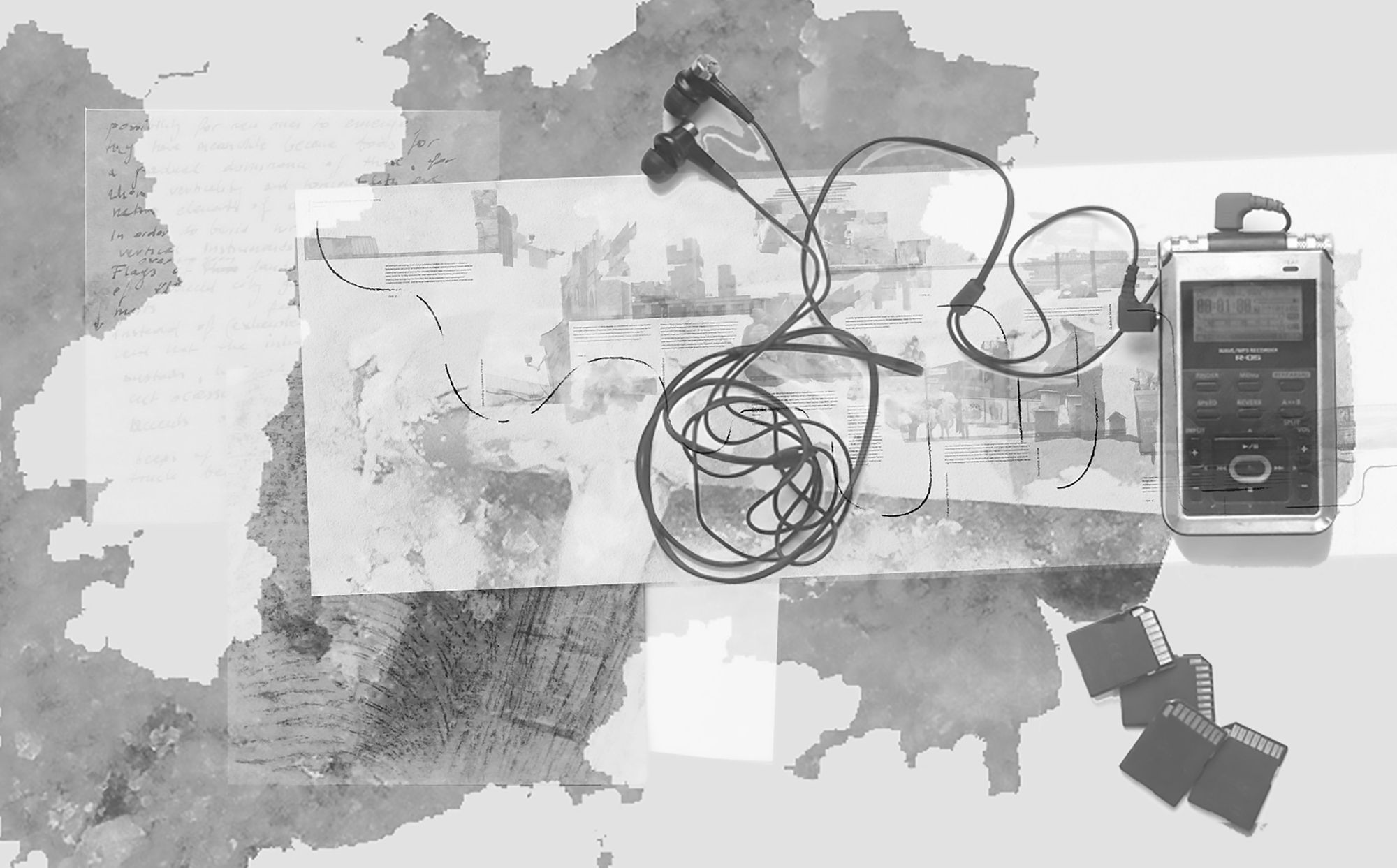
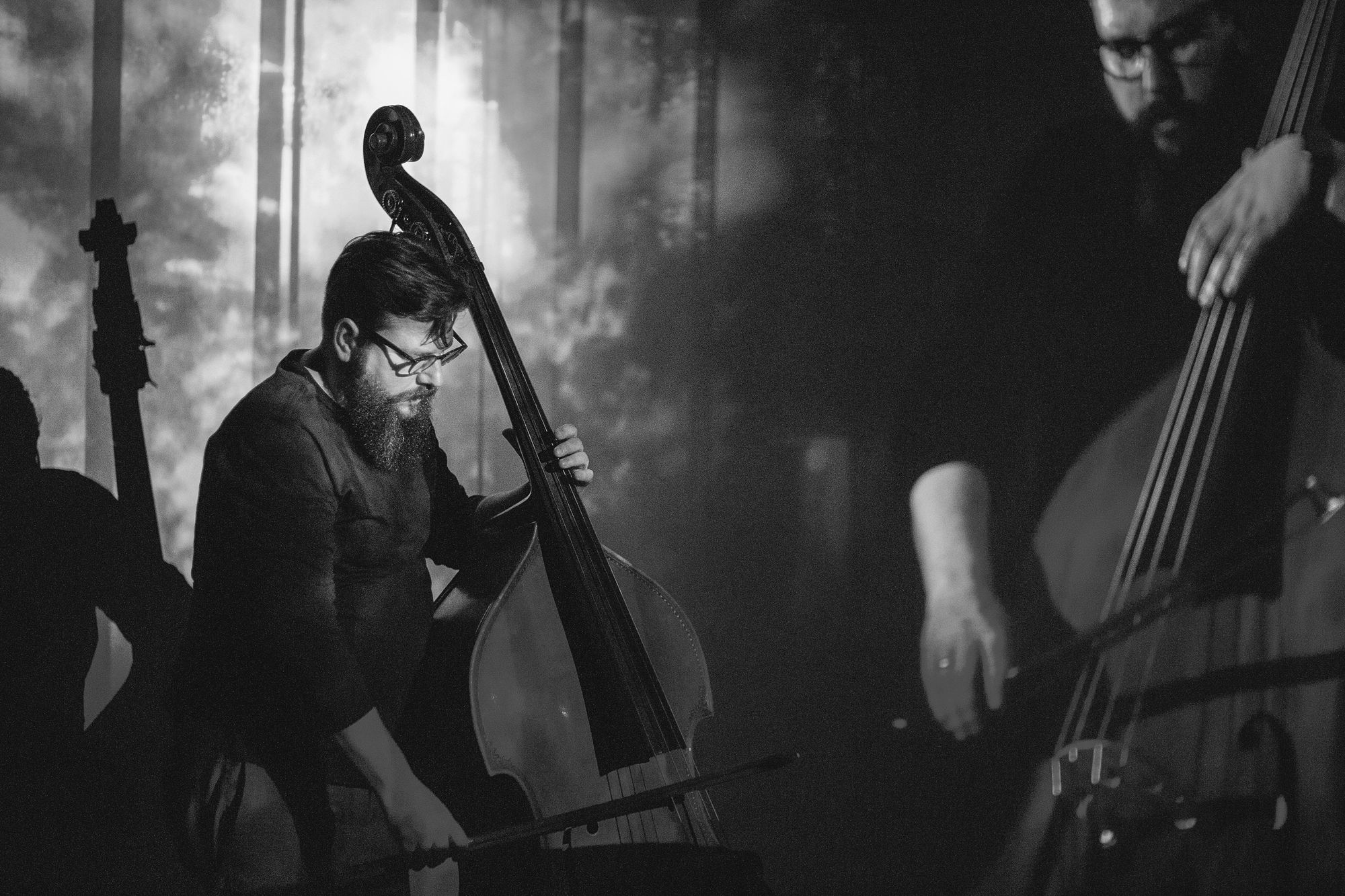
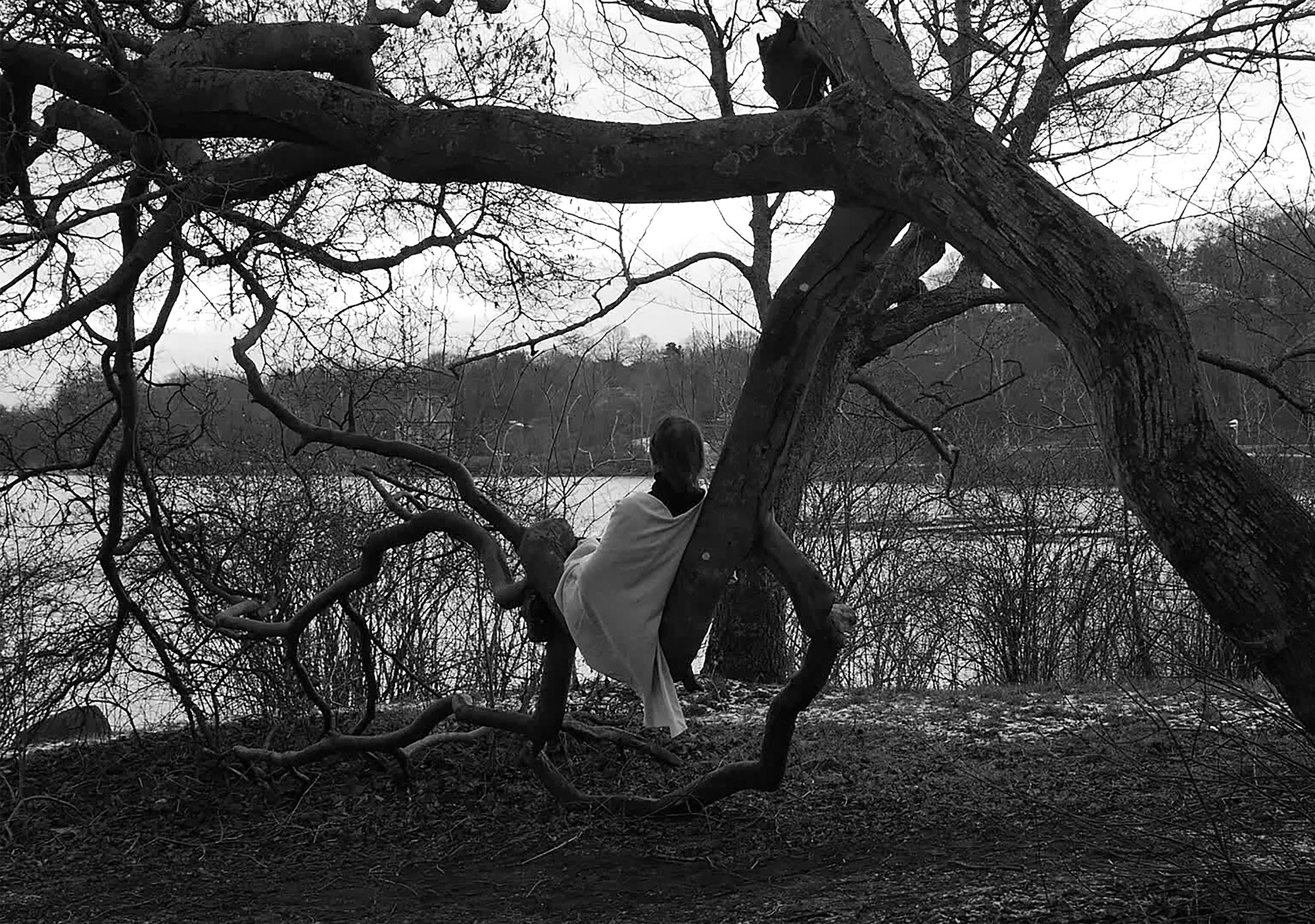
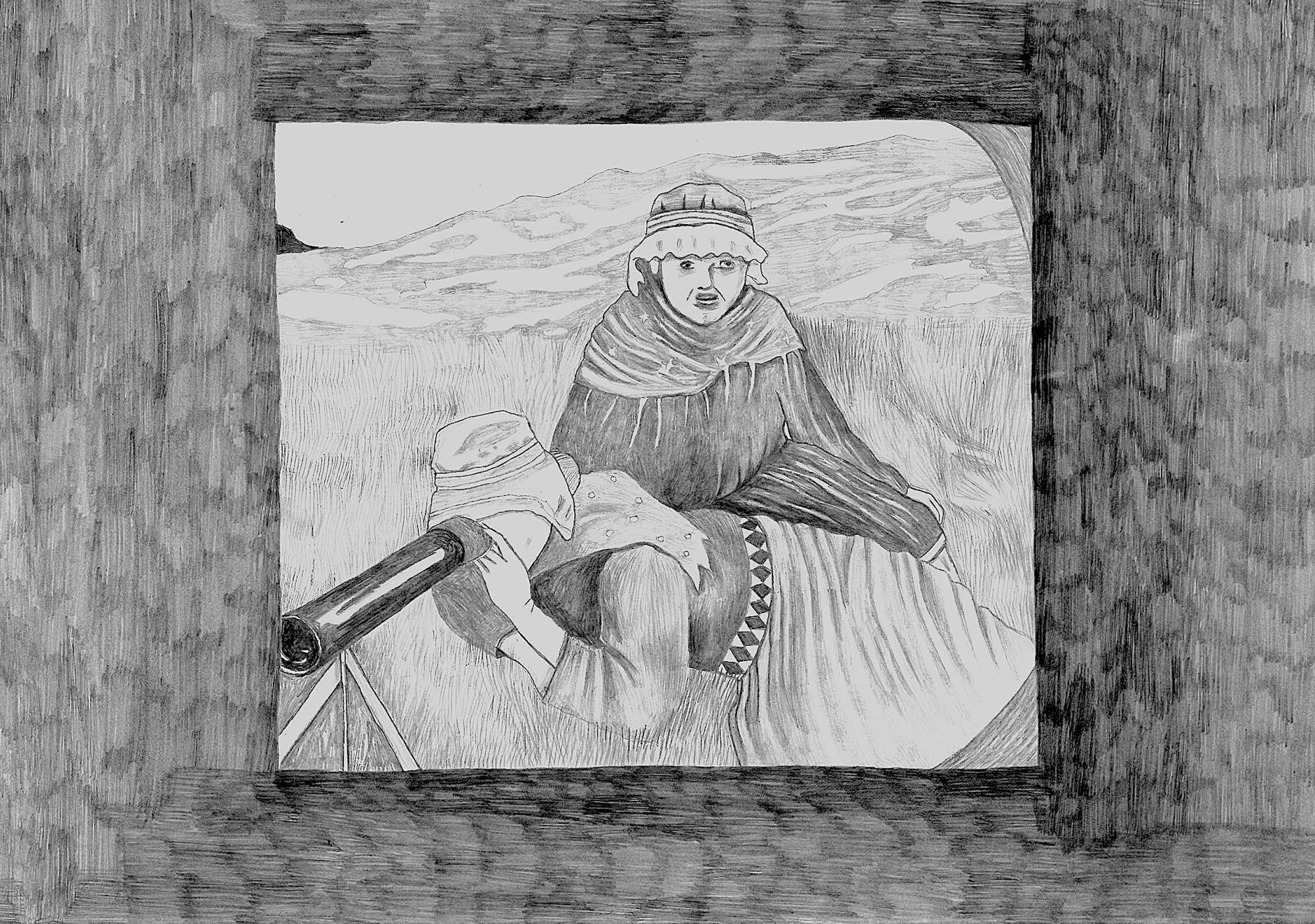
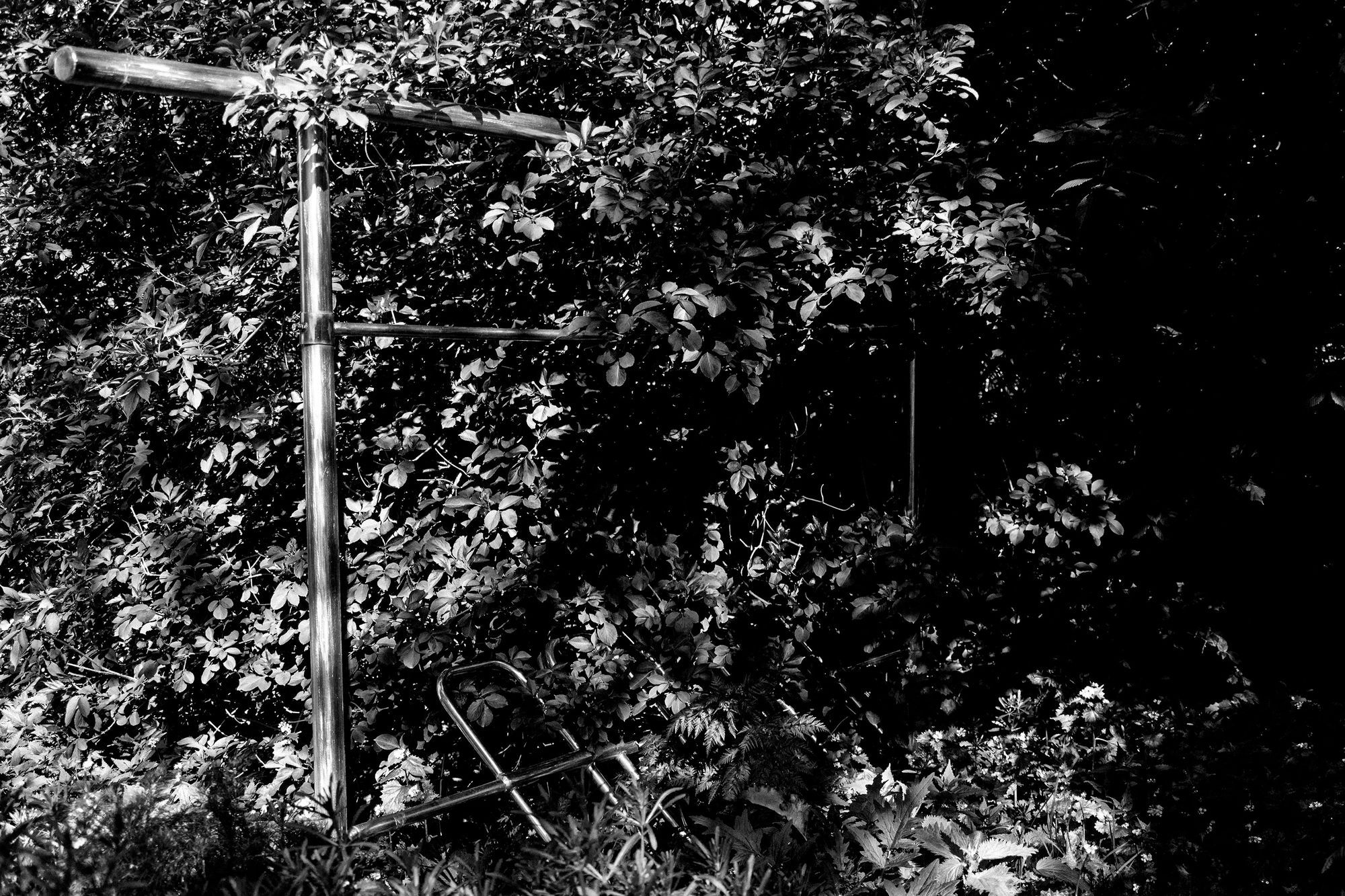
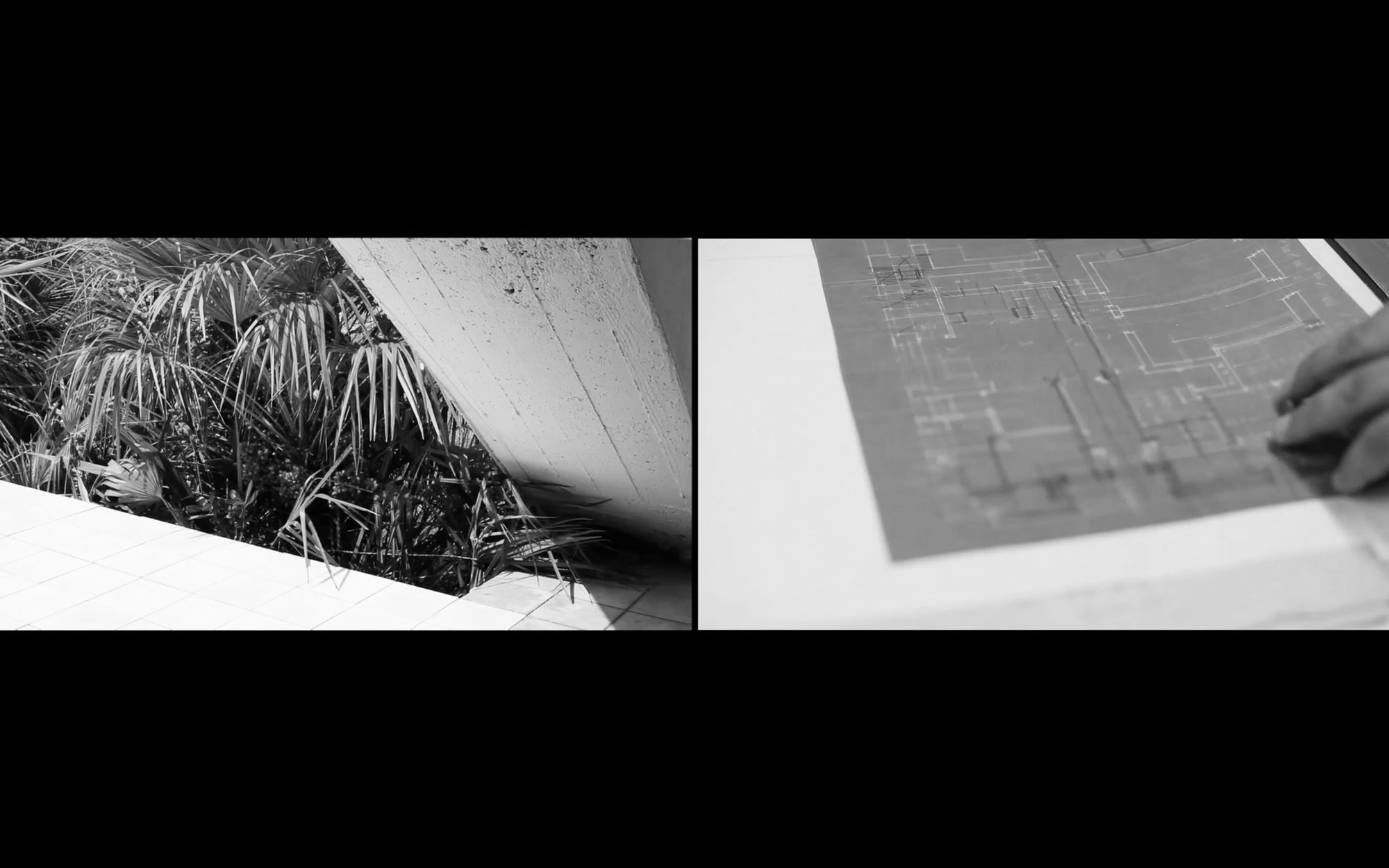
![Bilde til ,__ ^_. ||:_DOWN_DEEPCUTS_'LOCK[ANIMÉ.INVENTION] :||,•__\-‘ - - ÉTUDES FOR THE BEGINNING OF AN ONLINE PRACTICE](/sites/default/files/2022-11/spear-gray.jpg)